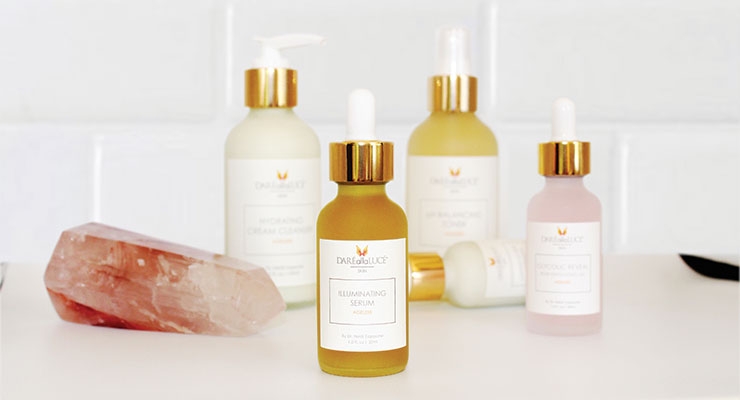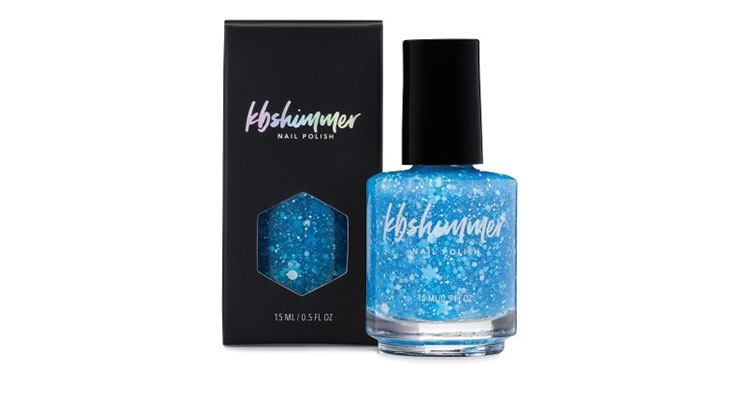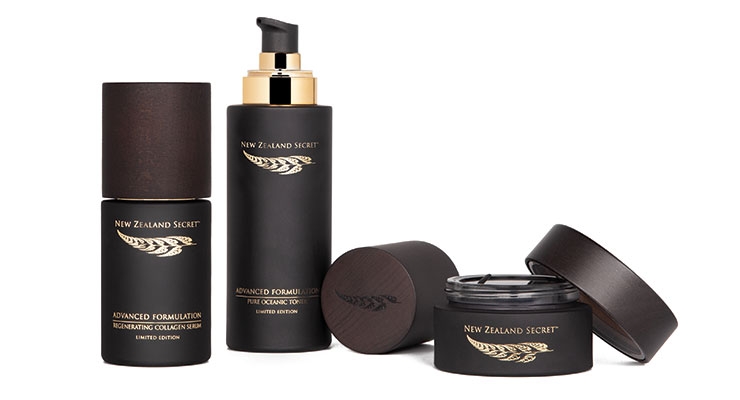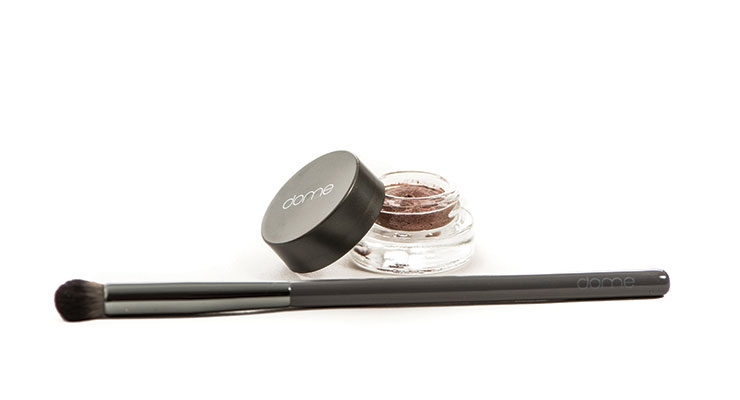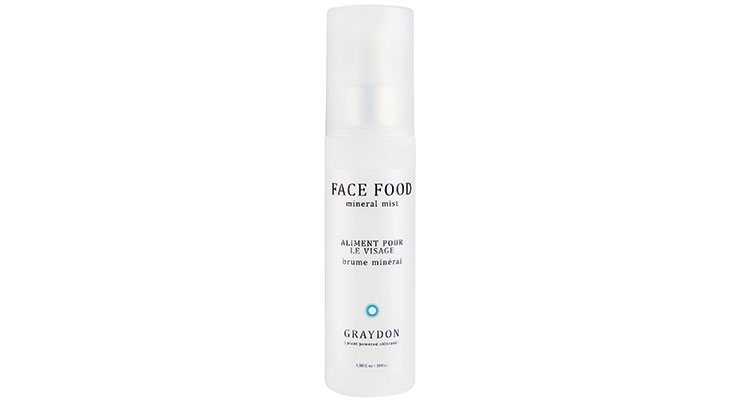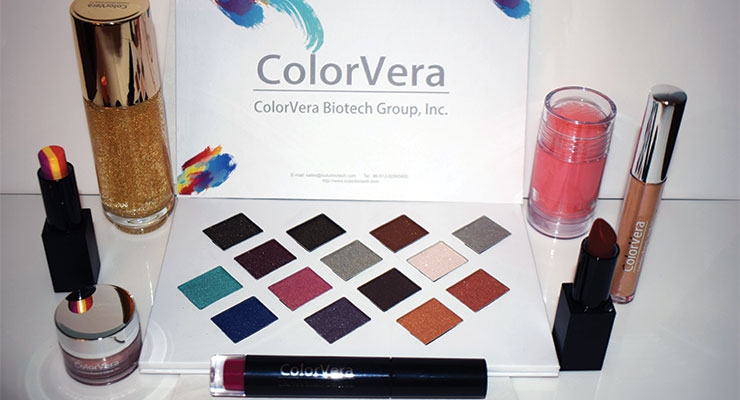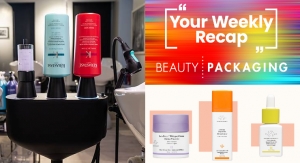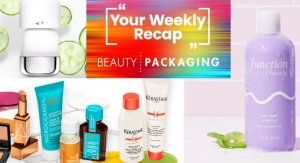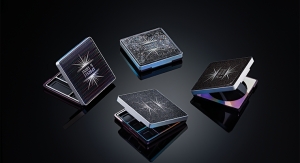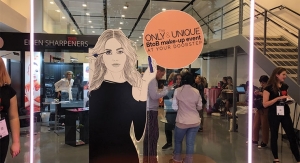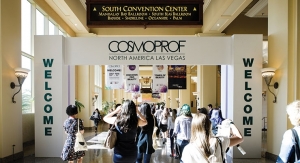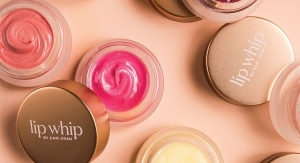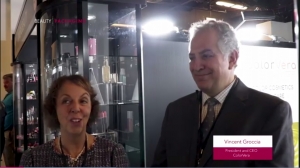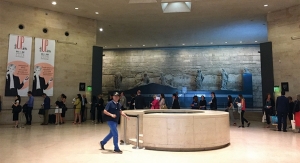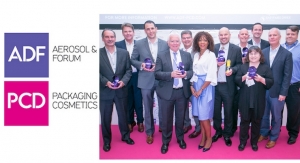Joanna Cosgrove, Contributing Editor11.01.18
From ingredient supply chain challenges to distribution red tape, independent beauty and personal care brands can face a variety of roadblocks as they try to enter the marketplace. Packaging with high minimum order quantities (MOQs) can be a formidable cost barrier. Rather than turn away budding new brands, packaging suppliers are adjusting their MOQs, making it easier for brands to get a look they like at prices they can afford.
“Stock packaging and low MOQs are two of the main reasons that Indie brands are able to launch their companies,” comments Jeff Carbone, key account manager, southeast region, Baralan USA Inc./Arrowpak, Ft. Lauderdale, FL. “Most startups are not ordering hundreds of thousands of components, but rather start slow, and build their brand organically, [while having the flexibility] to spend money on digital campaigns, sending samples, attending trade shows, etcetera.”
Carbone says Baralan enjoys being there for a company at its inception, when they need only a case of componentry, and help them grow to the point where they’re needing quantities by the pallet load. As an example, Carbone points to KBShimmer, a Terre Haute, IN-based Indie nail polish company founded in 2008. In addition to now offering more than 150 shades and types of polish, the company also sells lotions, sugar scrubs and other hand and nail care products.
In the beginning, KBShimmer ordered its packaging componentry by the case; a few hundred economical 15ml round bottles, a few thousand black caps and flat brushes at a time. The company was originally applying its labels by hand, as they could not meet the minimum for silk screening. “Over time, KBShimmer has grown into a successful Indie brand, and is purchasing in much larger quantities with the added benefit of silk screening the bottle, which eliminates the additional manual labor of applying labels,” Carbone says. “They have found that the printed bottles have elevated their look to help set their brand apart, while reducing the lead time and labor of labeling, which leads to expediting their orders.”
Small Run Adaptability
Short production run products also benefit from low MOQ packaging. “Brands can tap into ‘flash trends’ by responding quickly with lower quantity launches, lower investment, short lifespan products, short term trends,” says Jackie Mantle, managing director, HCP Packaging UK Ltd., Dorset, UK. “Brands looking to launch ‘limited edition’ ranges may prefer to produce only small quantities, generating a buzz and exclusivity around the launch, which is good PR for the brand if the product quickly ‘sells out.’”
Small quantity exclusivity is exactly why ultra-high-end skin care brand New Zealand Secret sought packaging in the 5,000-quantity range. The brand’s product range, which includes a 100ml cleansing cream, 100ml toner, 30ml eye cream and 50ml anti-aging moisturizer cream, are each formulated using environmentally friendly processing methods and high-end, sustainably sourced raw materials that are traceable from “individual harvest to sale” using a QR code printed on each package. With each product in the range bearing an average price tag north of $600, the brand worked closely with Premi SpA of Gessate, Italy, to coordinate sustainable packaging componentry that conveyed an equally clean and luxurious look.
New Zealand Secret’s bottles are made from glass and the cardboard packaging is 100% recyclable. In keeping with the company’s do no harm commitment, even its wooden package bases are made from recycled timber that has been used at least once before.
“Each product of the collection is part of only a limited batch,” explains Premi SpA’s Chiara Badavelli, marketing manager. “The whole line is enhanced by the matte spray coating, gold hot stamping and the wood accessories created following the most recent green trends.”
“The high quality of wood gives a natural look and the tactile sensory experience,” Badavelli continues. “The innovative characteristic of laser etching on wood conveys uniqueness and luxury to the collection.”
For Cosmogen, low MOQ means giving brands the opportunity to explore and define their position in the marketplace without overextending. In a recent partnership with dome BEAUTY, Cosmogen worked to accommodate the brand’s wishes to pair expert eyeshadow application with healthy, clean beauty implements, delivering a 5,000 MOQ run of a charcoal-infused eyeshadow brush that helps reduce the proliferation of bacteria growth, according to Cosmogen’s Lynda Pare, North America market director, New York.
“The charcoal grey fibers are perfectly paired with the brand’s overall design, which carry through to the brush’s gun metal ferrule and rich gray color handle,” she says. “dome BEAUTY has always focused on the importance of application and wanted to improve on their current brush design, so the brand has re-designed all of their brushes to incorporate this feature.”
HCP’s Mantle cautions that a primary caveat of low MOQ packaging may potentially translate into less design choice, as some stock packs are tooled for high volume output. “A higher set-up cost for processes such as molding, metal pressing and finishing, which aren’t recovered over a high quantity output, will mean a unit cost premium,” she says. “[For example,] aluminum finishing will be limited to standard colors (gold or silver); any special colors will carry a larger MOQ or incur a cost up-charge.”
Illamasqua is one brand that used this to their advantage. Mantle says HCP supported the start-up UK color brand by producing its distinctive custom design with unique tooling, which incorporated the molding of different parts of the same component within one tool. “This enabled a lower investment in the beginning and supported low quantities as the brand launched exclusively into a limited launch phase in Selfridges,” she says. “As the brand has grown and prospered (now owned by The Hut Group) HCP has supported the growth for the custom packs and supported the addition of stock packs to the range (a color range comprising compacts, lipsticks and pots).”
Achieving the Impossible
Securing the perfect packaging can be especially difficult when an Indie brand’s high expectations are constrained by a tight budget. Beyond simply providing the packaging, packaging professionals can help brands pair budget-friendly low MOQ packaging with deco options to create customized looks that won’t break the bank.
“Most [brands] bring a clear vision of what they want to the table; however rarely do they understand the product life cycle as a whole,” explains Dallas Browning, marketing and communications, Compax, Salt Lake City, UT. “Sometimes what’s available just doesn’t match the brand’s vision—that’s when creativity and experience come into play.”
Packaging suppliers like Compax keenly evaluate products to come up with out of the box solutions. “Can several products be introduced in the same basic package? If a custom color is a desire, can they consider a label or silkscreen? It really comes down to helping a brand manage expectations against what is available if cost and speed are important,” Browning says. “There are so many ways to make a standard, low MOQ component look unique.”
North Carolina-based skin care brand Ampersand approached Compax with a tall wish list for its six, skin condition-specific serums: Refine, Pure & Flawless; Restore, Calm & Restful; Radiate, Bright & Bold; Revive, Vibrant & Alive; Refresh, Invigorate & Glow; and Renew, Perfect & Purify. They wanted airless bottles that conveyed a prestige, gender fluid brand vision. The design concept was bold, predominantly black, but with six unique, product-specific colors—and an MOQ of 2,500 packages each.
Enter Compax’s product development experience and creativity. “Glass became the answer with an MOQ of 15k that could be decorated in six different versions,” Browning says, noting that the unique colors became part of the decoration not the package as a whole.
To elevate the total package, Compax turned to a non-carton, low MOQ paper option. The outcome, which launched in September, is a set of 30ml black glass bottles with vacuum metallized dropper caps and a three-color silkscreen, all developed, produced and delivered in five months. “Total cost :was well below a traditional airless bottle and well below the MOQs necessary to deliver on the brand vision,” Browning says. “The secondary package, a paper tube with an EVA liner, holds the bottle in position and protects it through shipping.
Future-Forward Flexibility
Another benefit of low MOQ packaging is its amenability for try-it-and-see type product testing. “Because the low MOQ products are most likely in-stock, we can quickly supply the customers with the samples,” says Eileen Wang, vice president sales and marketing, Allstar Packaging Corp., East Brunswick, NJ. “Then the customers can try out the packaging products they want and see how well it suits their own products, rather than possibly waiting for 6-8 weeks.”
Allstar’s low MOQ option proved advantageous for Canada-based Graydon Skincare, which turned to Allstar in search of 1,000 “dignified” plastic bottles with a fine mist sprayer for its Face Food mineral-infused facial mist. The brand sought a look that was alluring, sophisticated and delivered a luxurious appearance comparable to glass.
Allstar’s solution was a soft touch, 100ml PE bottle with a matching in-mold frosted PP cap and a fine mist sprayer. Graydon Skincare applied labels (not supplied by Allstar) to their bottles.
Labels occupy an interesting corner of the low MOQ landscape, especially as it relates to flexibility. With MOQs as low as 500, Jeff Salisbury, CEO, Label Impressions Inc., Orange County, CA, says brands often benefit from producing several test versions of a label, shrink sleeve or flexible pouch to see what each of them looks like fully printed, on a substrate to generally help determine what branding or images resonate with the retailer and consumer. For instance, he says, regionally, a “greener” eco image might resonate with West Coast consumers whereas another visual might be more impactful and compelling to an East Coast or Midwestern consumer.
“With low MOQ packaging we’re able to provide our customers with unlimited options,” Salisbury says. “In fact, with our Kaleidoscope software and digital technology we’re producing orders where each and every label is a unique version of the original artwork—where each package is unique.”
Label Impressions worked with skincare brand Dare’ alla Luce’ by Dr. Heidi Zappone, to produce packaging for her skincare line. “The brand was looking for quick market entry and a low-cost option for high-quality labels with multiple versions,” Salisbury says. “Our company provided printed labels with MOQ below 500 units for multiple versions running in combination. The label size is 2 3/8-in. square and is printed digitally using process color and a dull UV coating on FiberStone.”
Low MOQ packaging affords entrepreneurs an economical pathway to the market. “Some of our largest customers initially bought products from us in very small quantities at one time,” comments Mike Warford, director of sales, ABA Packaging Corp., Holtsville NY, a full-service supplier of primary packaging components for cosmetic, fragrance, spa, and personal care products. “Our philosophy is that small customers can become large customers someday, so we take these entrepreneurs seriously and we make a strong effort to give them products at the quantities that they can work with along with guidance for good packaging practices.”
ColorVera Biotech Group Inc. is a new and “altogether original” global cosmetics contract manufacturing turnkey company. (see the supplier at the MakeUp in NY show in this video.)
With a select team of industry professionals with “entrepreneurial verve”, they’ve built the company from the ground up with a “singular purpose”: Excellence in Execution. The supplier proclaims experts in every discipline—R&D, quality, manufacturing and project management—in each of their facilities around the world. ColorVera says, “to be fast, we think differently” with assets including proven and tested formulas with shorter lead times to fulfill the need for “of the moment” products; and dedicated production for timely samples and smaller volume runs. ColorVera produces color cosmetics, skincare, nails and fragrance.

